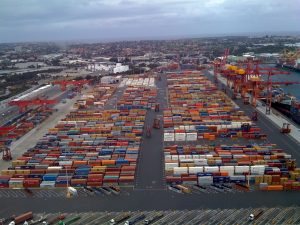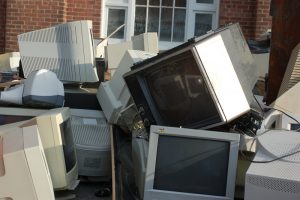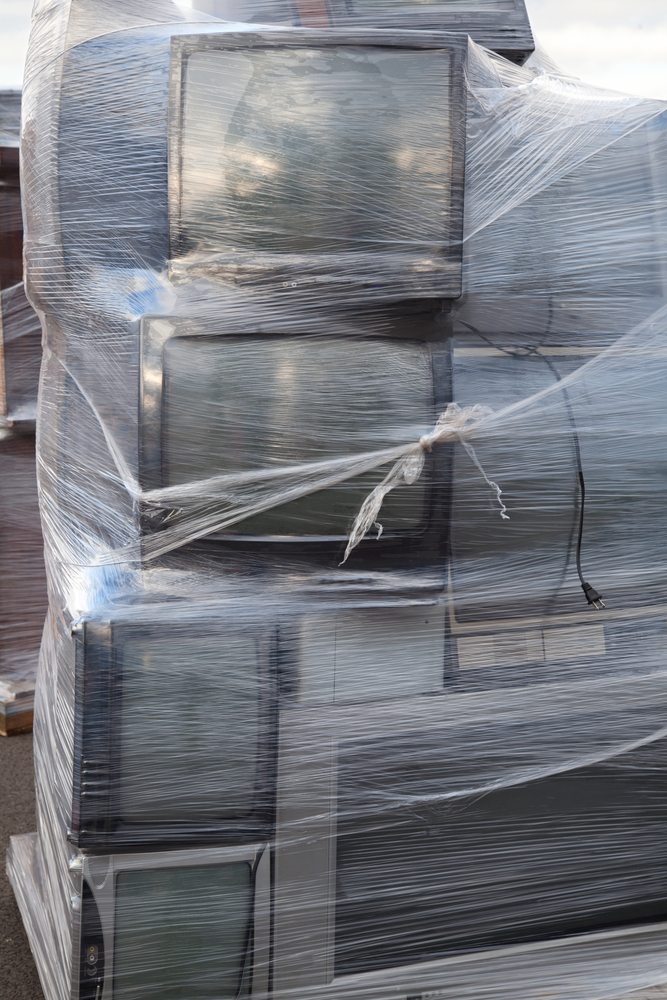 The world’s two largest smartphone brands, Samsung and Apple, shipped fewer devices in 2016 than one year earlier. Continue Reading
The world’s two largest smartphone brands, Samsung and Apple, shipped fewer devices in 2016 than one year earlier. Continue Reading

 The world’s two largest smartphone brands, Samsung and Apple, shipped fewer devices in 2016 than one year earlier. Continue Reading
The world’s two largest smartphone brands, Samsung and Apple, shipped fewer devices in 2016 than one year earlier. Continue Reading
 A smuggling crackdown in China is causing headaches for U.S. companies that recycle plastics recovered from electronics.
A smuggling crackdown in China is causing headaches for U.S. companies that recycle plastics recovered from electronics.
 China’s recent crackdown on imports of e-scrap and other materials has exposed smuggling operations, led to dozens of arrests and resulted in the confiscation of more than 22,000 tons of material.
China’s recent crackdown on imports of e-scrap and other materials has exposed smuggling operations, led to dozens of arrests and resulted in the confiscation of more than 22,000 tons of material.
 Chinese customs authorities announced a crackdown on illegal imports of scrap electronics and other materials.
Chinese customs authorities announced a crackdown on illegal imports of scrap electronics and other materials.
 A legislative fix to revamp Pennsylvania’s struggling electronics recycling program isn’t going to cut it, according to a group of five recycling stakeholders in the state.
A legislative fix to revamp Pennsylvania’s struggling electronics recycling program isn’t going to cut it, according to a group of five recycling stakeholders in the state.
 A lawsuit from TV manufacturer Vizio that questioned the constitutionality of Connecticut’s electronics recycling law and program has been dismissed in its entirety.
A lawsuit from TV manufacturer Vizio that questioned the constitutionality of Connecticut’s electronics recycling law and program has been dismissed in its entirety.
 Regulators in California have decided to increase payments to companies participating in the state’s electronics recycling program.
Regulators in California have decided to increase payments to companies participating in the state’s electronics recycling program.
 A bill axing North Carolina’s electronics recycling law has hit a stumbling block.
A bill axing North Carolina’s electronics recycling law has hit a stumbling block.
 Legislation introduced in Pennsylvania increases the amount of e-scrap that manufacturers would be on the hook for recycling each year.
Legislation introduced in Pennsylvania increases the amount of e-scrap that manufacturers would be on the hook for recycling each year.
 California officials are inviting industry players to participate in a survey regarding possible changes to the state’s e-scrap recycling program.
California officials are inviting industry players to participate in a survey regarding possible changes to the state’s e-scrap recycling program.
